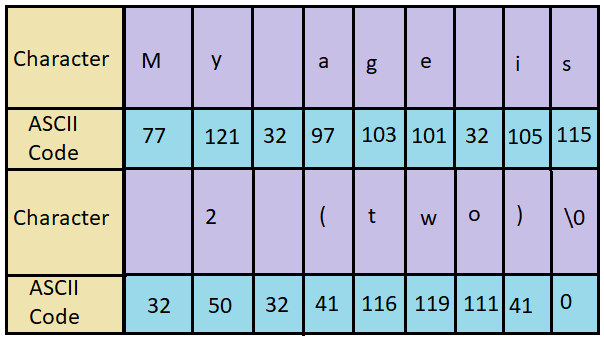Condition: if statement is used to test the condition. It checks boolean condition: true or false. There are various types of if statement in Java.
If Statement
Syntax :
If(condition)
{
//Statement OR code to be executed
}
Example :
Public class ifExample
{
Public static void main(String[] args)
{
Int age =20;
If(age>18)
{
System.out.println(“Age is greater than 18”);
}
}
}
2. If-else Statement
Syntax :
If(condition)
{
//code if condition is true
}
Else
{
// code if condition is false
}
Example :
Public classs ifElseExample
{
Public static void main(String [] args)
{
Int number = 13;
If(number%2==0)
{
System.out.println(“even number”);
}
Else
{
System.out.println(“odd number”);
}
}
}
Leap Year
A year is leap, if it is divisible by 4 and 400. But, not by 100.
Public class leapyear
{
Public static void main(String[] args)
{
Int year =2020;
If(year%4==0) && (year%100!=0) || (year% 400==0)
{
System.out.println(“LEAP YEAR”);
}
Else
{
System.out.println(“COMMON YEAR”);
}
}
}
3. If-else-if : The if-else-if ladder statement executes one condition from multiple statements.
Syntax :
If(condition)
{
//code to be executed if condition1 is true
}
Else if(condition)
{
//code to be executed if condition2 is true
}
Else
{
//code to executed if all condition are false
}
Example :
Public class ifelseifexample{
Public static void main(String[] args){
Int marks =65;
If(marks<50){
System.out.println(“Fail”);
}
Elseif(marks>=60 && marks<70){
System.out.println(“D grade”)
}
Elseif(marks>=70 && marks<80){
System.out.println(“B grade”);
} Elseif(marks>=80 && marks<90){
System.out.println(“c grade”);
}else{
System.out.println(“Invaild”);
}
}
}
WRP to check positive, negative and zero?
Public class positivenegative
{
Public static void main(String[] args)
{
Int number = -15;
If(number>0)
{
System.out.println(“POSITIVE”);
}
Elseif(number<0)
{
System.out.println(“NEGATIVE”);
}
Else{
System.out.println(“ZERO”);
}
}
}
4. Nested if Statement
Syntax :
If(condition){
//code to executed
}
If(condition){
//code to be excuted
}
Example :
Publiuc class nestedif{
Public static void main(Strings[] args)
{
Int age=20;
Int weight=80;
If(age>=18){
If(weight>50)
{
System.out.println(“Your are eligible to donate blood”);
}
}
}
}












.png)
























.png)







%20in%20Finance).jpg)



